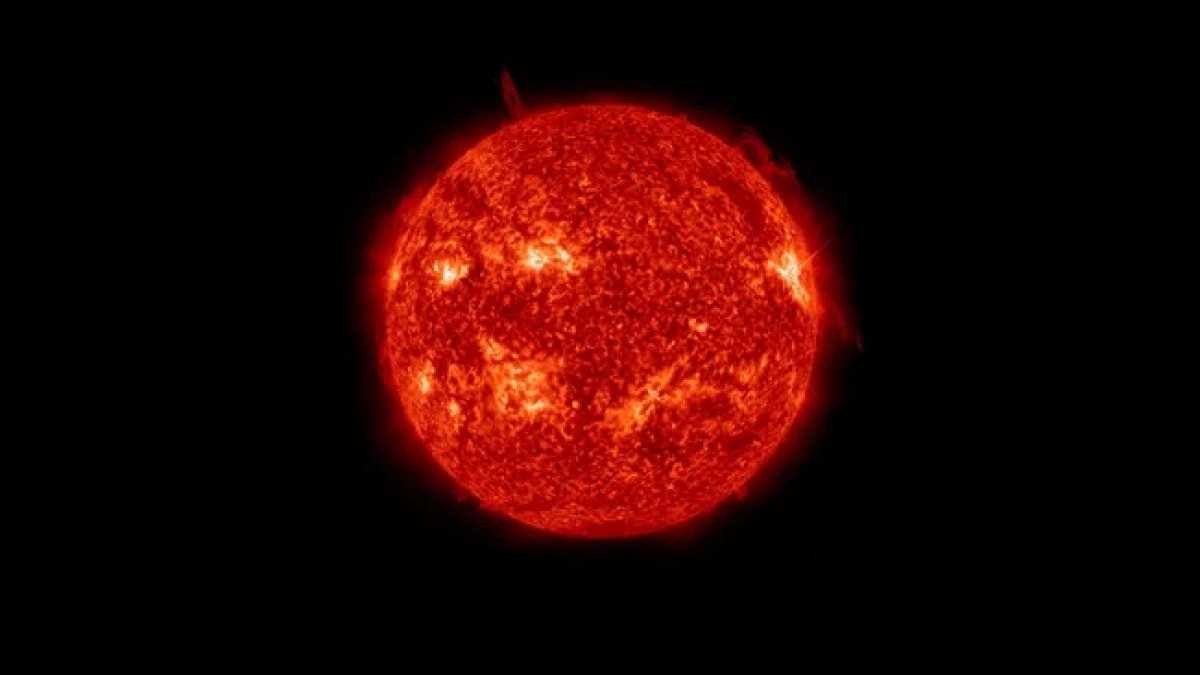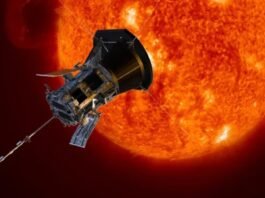This discrepancy, attributed to variations within the Sun’s magnetic exercise, means that related strategies used to measure the age of different stars may also be affected, notably these with extra intense magnetic fields.
How Magnetic Activity Alters Solar Age Perceptions
The Sun’s magnetic exercise, which alternates between photo voltaic minimal and most, is extra influential than beforehand thought, based on a analysis paper printed within the Astronomy & Astrophysics journal. During intervals of excessive magnetic exercise, the oscillations inside the Sun—detected by devices like BISON and GOLF (Global Oscillations at Low Frequency)—produce outcomes that point out a youthful Sun than throughout occasions of low magnetic exercise.
These oscillations, brought on by inside waves inside the Sun, change the luminosity and floor actions, permitting scientists to deduce particulars in regards to the Sun’s inside construction and, theoretically, its age. However, the sudden affect of magnetic exercise on these measurements challenges the long-held assumption that such exercise ought to have little influence on helioseismology.
Challenges for Future Stellar Observations
The implications of this discovery lengthen past our Sun. As scientists put together for the European Space Agency’s upcoming PLATO mission, which is ready to launch in 2026, they need to now think about the influence of magnetic exercise when measuring the age, mass, and radius of distant stars. PLATO goals to detect dips in starlight brought on by each transiting exoplanets and asteroseismic oscillations, just like these noticed within the Sun.
If magnetic exercise considerably alters these measurements, as seen with the Sun, it might necessitate a reevaluation of previous information from missions like NASA’s Kepler Space Telescope. This revelation poses a “looming problem” for the way forward for asteroseismology, requiring new strategies to make sure correct measurements of stellar ages, particularly for extra magnetically lively stars.




